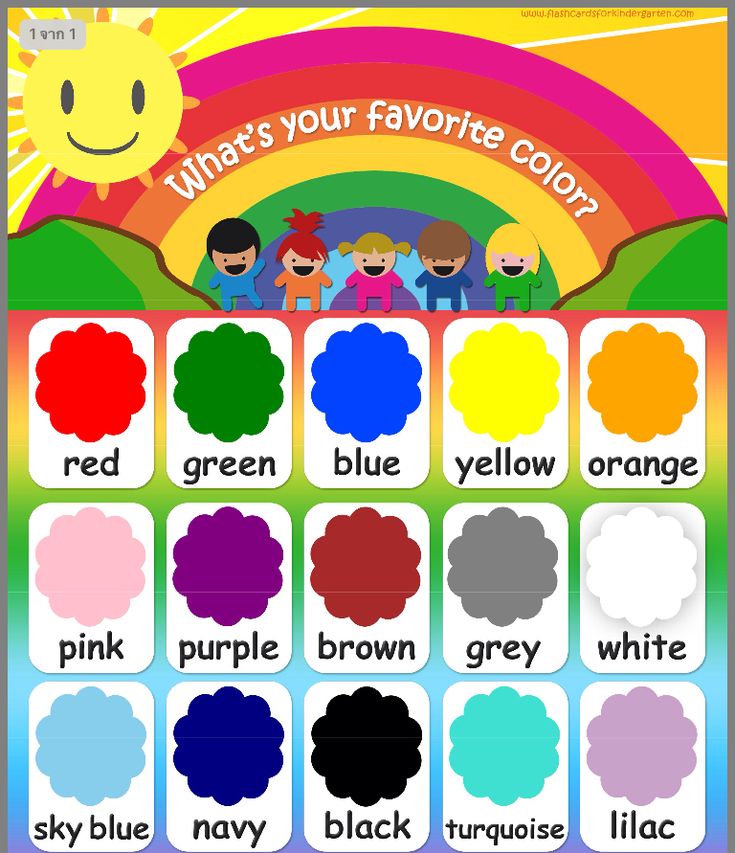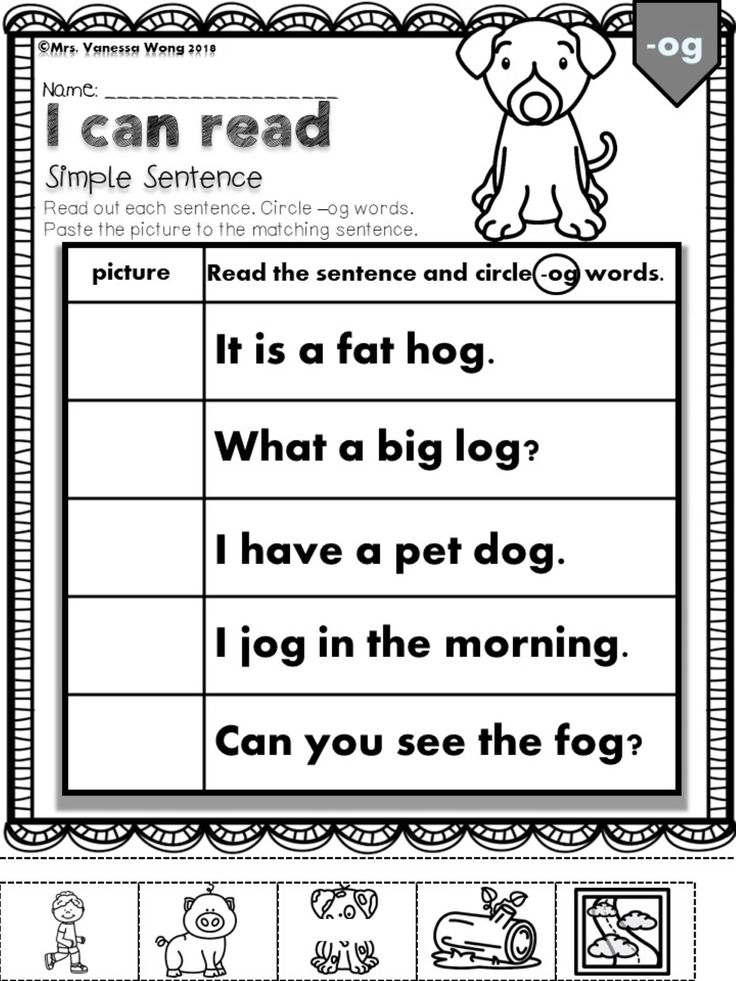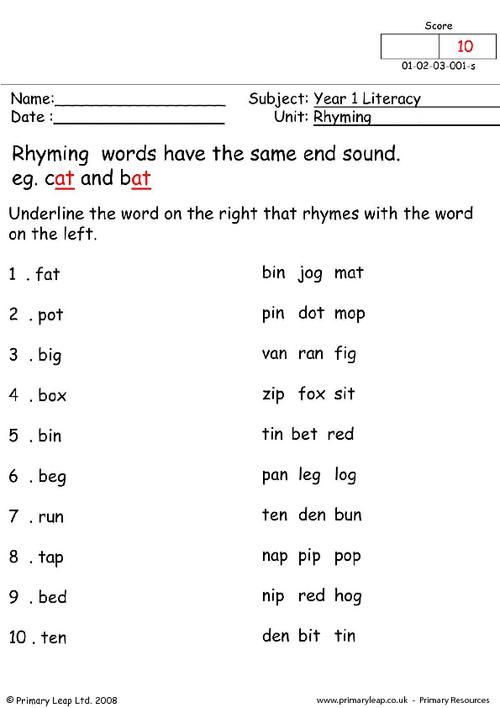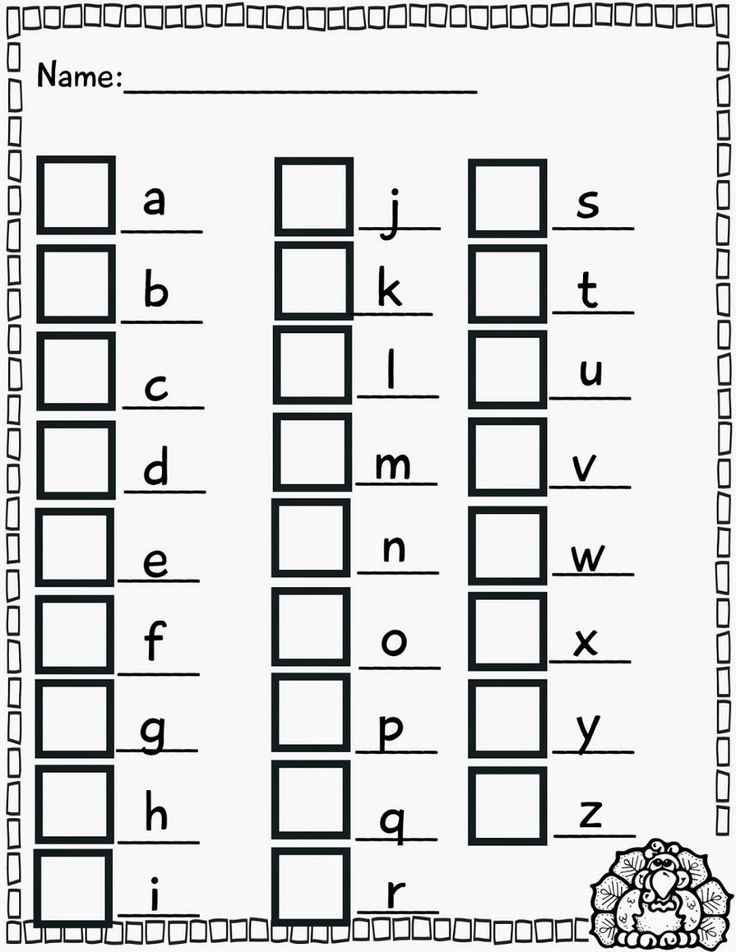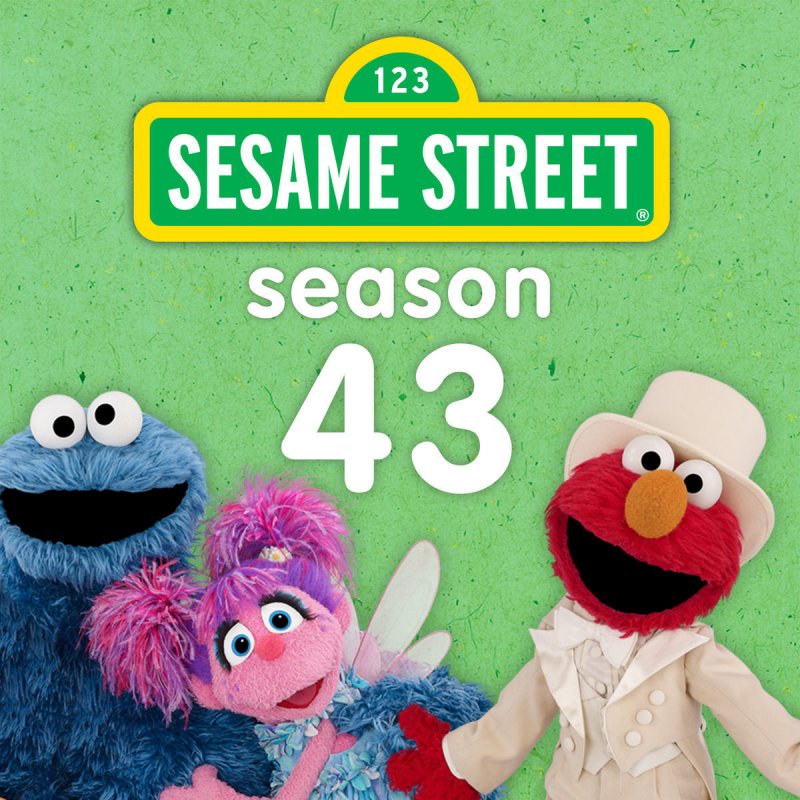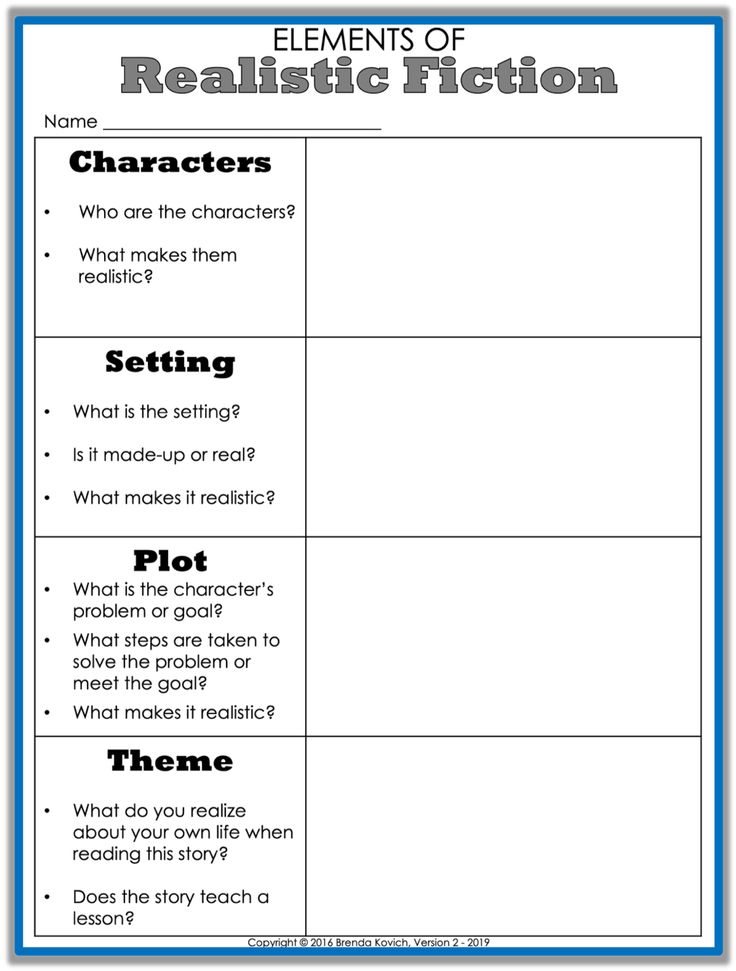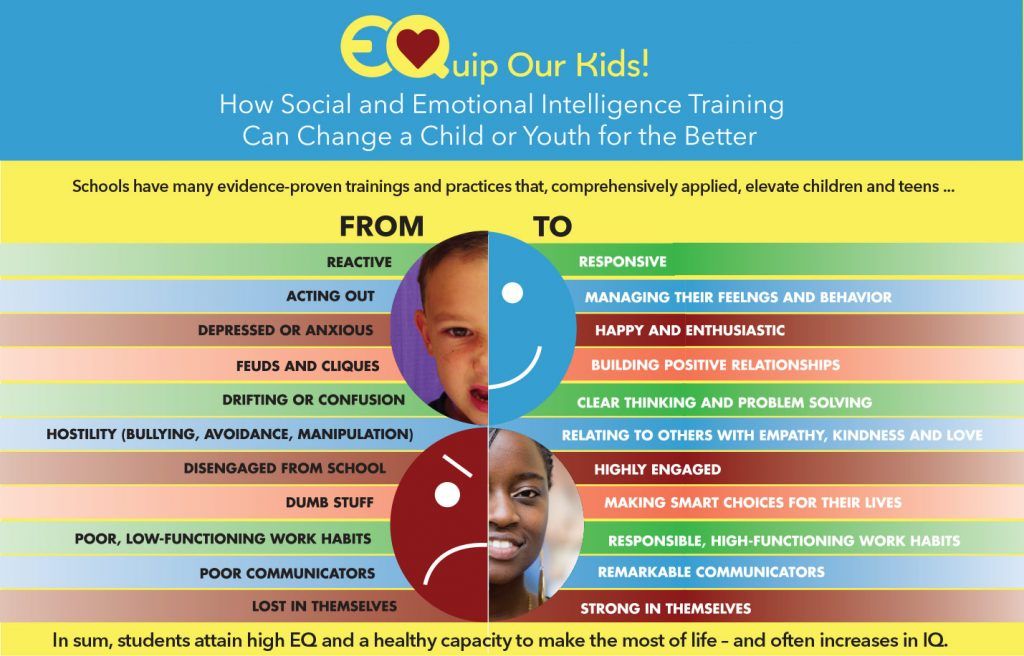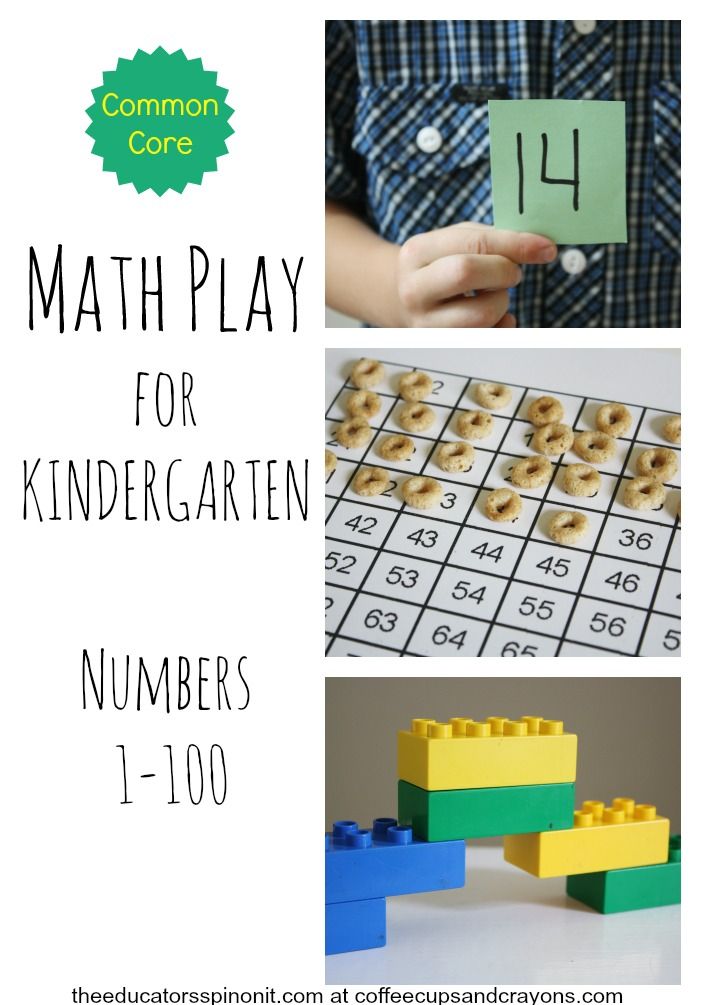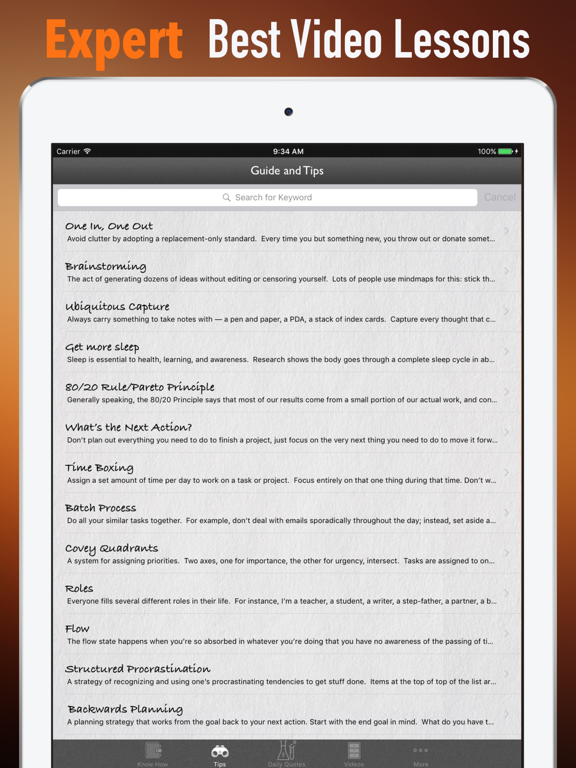Teaching children colours
9 Simple Ways to Get Your Toddler to Learn Colors
97 shares
- Share
- Tweet
Once your child has reached the big milestone of turning 1, you’ll notice they become little sponges of information. They start walking, talking, and being so much more independent now that the baby stage is long gone.
Around this age is when you can start introducing them to colors. It’s important for a child to start hearing words often in order to remember it.
Even though they probably won’t be able to fully understand and retain the concept of colors until around 18 months, it’s a good idea to start teaching it early on. This is when learning colors will start to make sense to them, just like learning names of objects made sense to them around the 1 yearmark.
Color matching (putting the red piece on the red spot) is one of the simplest forms of learning colors. It may occur first, along with recognizing and choosing colors when asked for them (handing you the red piece when you say give me the red piece). Lastly comes naming colors (being able to say red when asked what color is this?).
This post may contain affiliate links which I would receive a small commission should you make a purchase.
The key to your child learning colors is over-exposure. As I’ll talk about below, you want to give them tons of opportunities to hear you say the colors names, be asked the color’s names, and see them often.
Get A Year of Activities for Your Child FREE!
Sign up here to get an email every month with new and exciting crafts, activities, and printables for your children.
I started really introducing my daughter to colors around 16 months old and she got a grasp of the concept quickly. Here are some simple tips to teach your toddler their colors:
1. Start simple
Don’t overwhelm your toddler with too many colors at once. Focus on two at a time and then add more in as they become familiar with those.
Whenever you see those two colors, point them out to your child, but don’t label any other colors yet.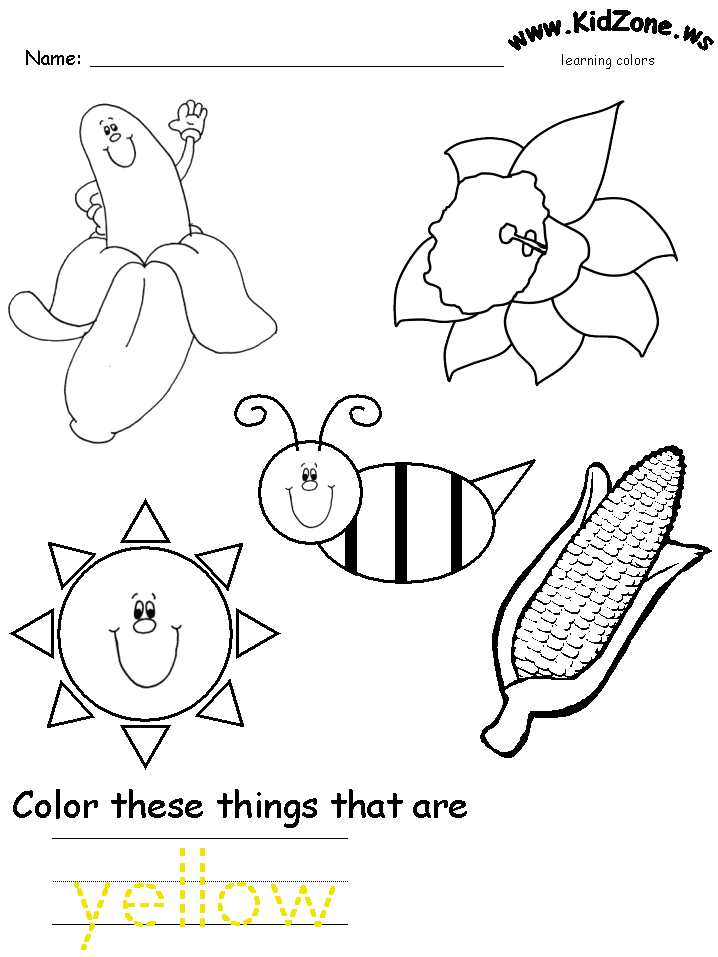 For example, choose to teach your child red and green first. Whenever you see anything red or green, point it out. Give them only red and green objects at certain playtimes.
For example, choose to teach your child red and green first. Whenever you see anything red or green, point it out. Give them only red and green objects at certain playtimes.
Clearly label and talk about the red versus green objects. Ask them to sort only objects that are red or green. Once they are familiar with red and green and the differences between those two, add in yellow. Of course they will see other colors while they play, but really try to only speak about the few colors that you choose.
Showing them less choices will help them to remember the colors easier.
Related post: Pom Pom Tube Drop: Toddler Fine Motor Activity
2. Use small, colorful objects for sorting
I love using fun, simple objects for learning colors and counting. Toddlers love little pompoms because of their softness and they’ll be excited to learn with them.
I like to group and sort them by color as my daughter puts them into their correct pile. If your child is just learning colors, naming the colors of each pompom works great too.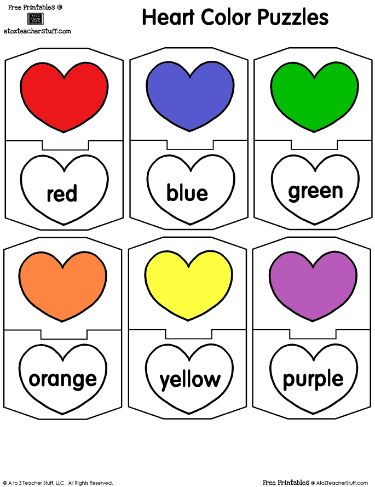
This Rainbow Counting Bears Sorting Toy makes a fun learning resource for introducing color recognition & basic mathematics concepts such as counting and addition. It can also be used for kids math and counting games for toddlers and great for developing fine motor skills with the tongs.
Have your toddler sort the bears into their same color cup. They can use their hands or tongs . They’ll also have a fun time using their imagination to make stories and games with the bears.
3. Distinguish contrasting colors
It’s best to use colors that are not at all similar to each other so you don’t confuse your toddler. Items that have contrasting colors will stick out more to them when they’re learning.
For example, if you’re teaching colors side by side, don’t put blue and purple together, red and orange, red and pink, etc. Colors that pair well with contrast are red/green, blue/yellow, purple/green, and black/white. There are plenty more combinations to use.
Also, sometimes certain shades of a color will be closely related like a yellowish green will look similar to yellow or a turquoise could look closer to a green or blue.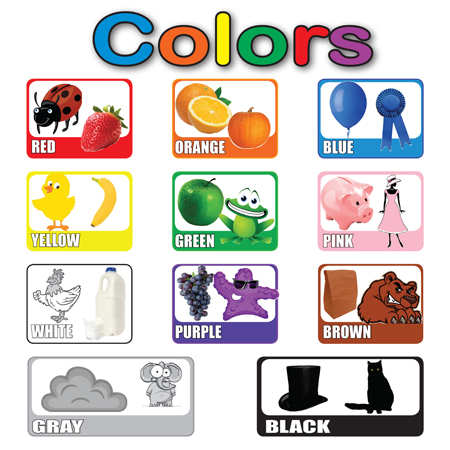 Try to stick to the basic primary colors when teaching them.
Try to stick to the basic primary colors when teaching them.
Check out our post on the Pompom Whisk Activity for Toddlers where you child can try a fun activity while also learning their colors.
4. Color puzzles
Puzzles are a great activity to develop language, cognition, and fine motor skills. My daughter loves the Melissa & Doug Colorful Fish Puzzle and is always asking to do it.
While we play, I verbally label each color as she puts the piece in the board so that she hears it over and over and can match the color name with what she sees.
Since this color puzzle is using all fish, your child won’t have to focus on the pictures or objects on the puzzle, but will be able to just pay attention to the colors. I think this was one of the best aids that taught my daughter her colors so early.
5. Use the same objects
The concept of colors may be a little difficult for babies and toddlers to understand because it’s a word typically used to describe something else.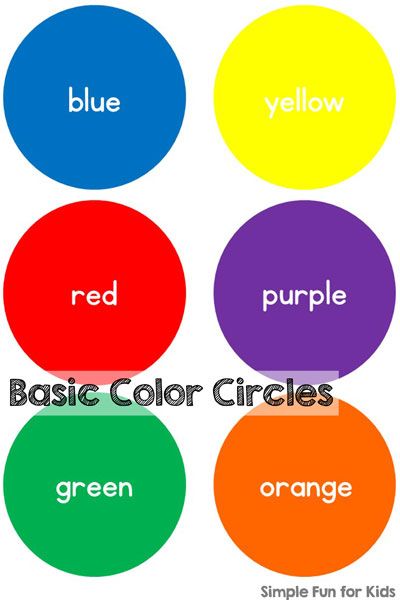 So far they have been learning words of actual things, like ball, car, mommy, milk, etc.
So far they have been learning words of actual things, like ball, car, mommy, milk, etc.
All items they can see or hold and names of these objects can make sense to them.
To get them to understand the concept of colors better, make sure you’re using two identical objects to point out the color differences. For example, don’t show your child a red car and a blue block because she will just think that you’re naming it differently because the object is different.
Instead, use a red car and a blue car to distinguish the differences.
This activity below works on color matching and sorting which are the first color activities your toddler will be able to do. We used MegaBlocks, but you can really use any blocks or toys that have different colors.
Simply put construction paper on the floor in the colors of the blocks and have your child match their toy to the colored paper. Read more about this activity here.
6. Label EVERYTHING with a color
This will help them to quickly build their language and vocabulary. Anything they see in their everyday world has a color. Make sure to verbally label objects with their names and colors as you see them, pass them, and give to them.
Anything they see in their everyday world has a color. Make sure to verbally label objects with their names and colors as you see them, pass them, and give to them.
When you’re first starting to introduce colors, you may want to just label the colors on their own so they’re not confused by the color and the name. You’d be surprised how quickly children pick up these concepts and understand that you’re not naming the object, but just describing the color.
Related Post: Sticker Letter Activity: Letter Learning for Toddlers
7. Color with crayons and markers
Coloring is a great skill for toddlers to develop fine and visual motor skills (coordinating their hands and eyes to perform a task). Have your child use crayons to scribble on paper and point out and label the colors that they use.
You can print out free blank coloring pages of their favorite characters or objects hereif using a blank paper gets boring to them.
For little hands, I highly recommend these finger crayons.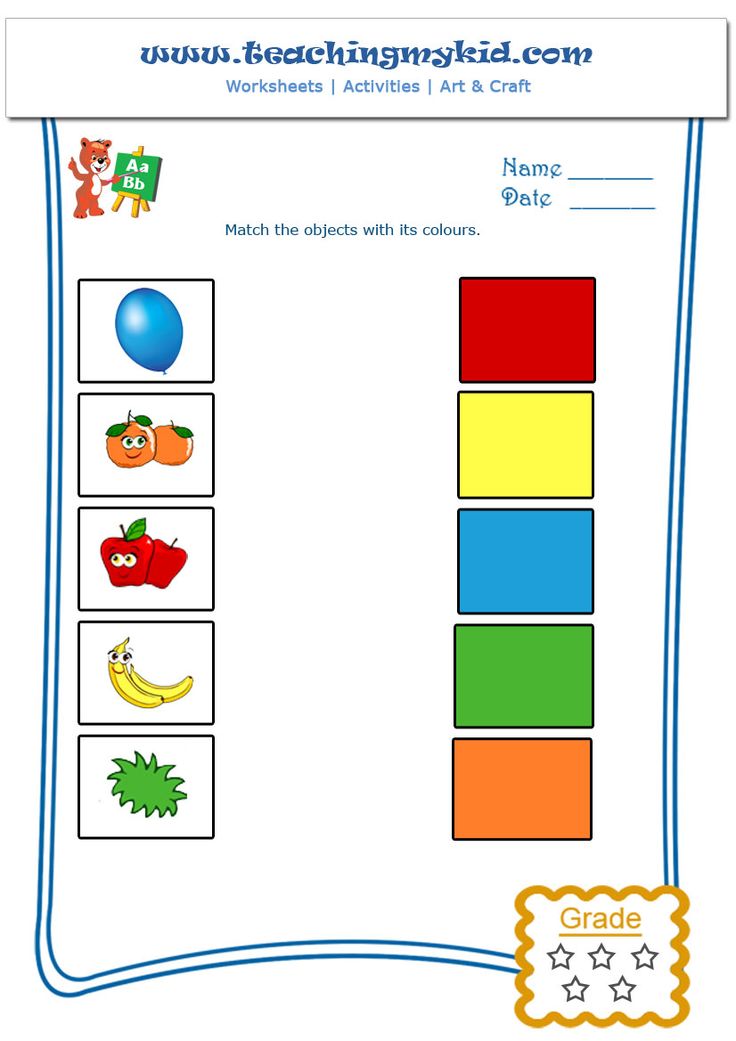 They are perfect for tiny fingers to wrap around and promote a proper grasp around the crayon. Skinny or chunky crayons just don’t allow your young toddler to hold it the correct way and it will end up tiring them out quicker.
They are perfect for tiny fingers to wrap around and promote a proper grasp around the crayon. Skinny or chunky crayons just don’t allow your young toddler to hold it the correct way and it will end up tiring them out quicker.
8. In their natural environment
Kids learn best in the context of their everyday environment. Point out the contrasting colors at:
- mealtimes (green beans, yellow corn, red raspberries)
- during dressing (blue shirt, black pants)
- during playtime (red blocks, blue balls)
- outdoors (blue sky, green grass, pink flower)
9. Fingerpainting
Sensory experiences where children are actively touching, tasting, hearing or smelling things are one of the best ways to teach your kids new concepts. Your toddler will love trying out their artistic capabilities by rubbing their hands on paper with finger paint.
By just getting 3 primary colors (blue, red, yellow) of finger paint, you can mix them until you make secondary colors (green, purple, orange).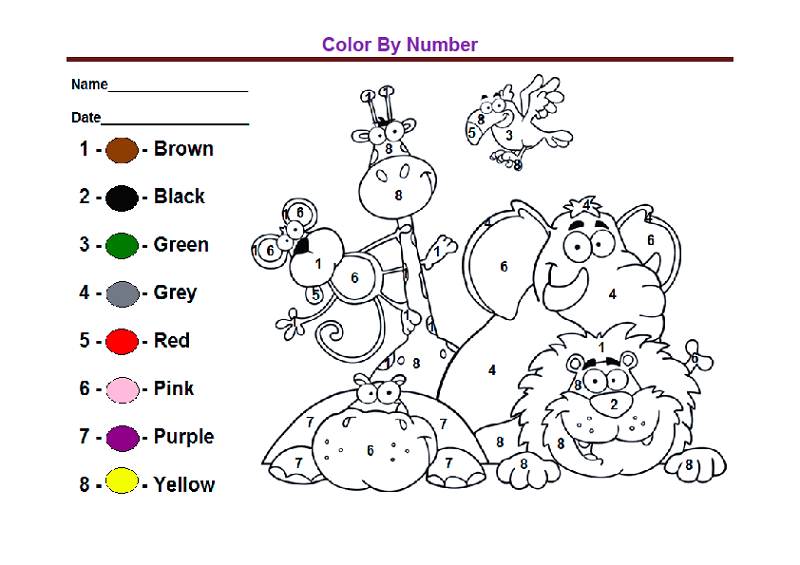
Have your toddler rub their hands and fingers in the paint and just smudge it onto paper. Talk about the colors they are using and ask them what color is on their hands and on the paper.
You can make your own finger paint at home so quickly, which is safe and even edible for your child. Check out this post: Sensory Edible Finger Paint for the recipe!
Related Post: Edible Finger Painting Recipe
10. Songs and Videos
Toddlers and babies love to hear music. Whether it be songs on the stereo, mommy singing, or making their own sounds by shouting at the top of their lungs, they are drawn to it.
Using songs (especially with visuals) is a great way to teach your child new concepts. Putting words to music helps things to stick better in their brain and will give them a higher chance of learning the skill.
Here is a short video that can help your toddler to learn their colors by combining colorful graphics to a catchy tune. You can also make up your own songs and melodies to sing as you show them colors.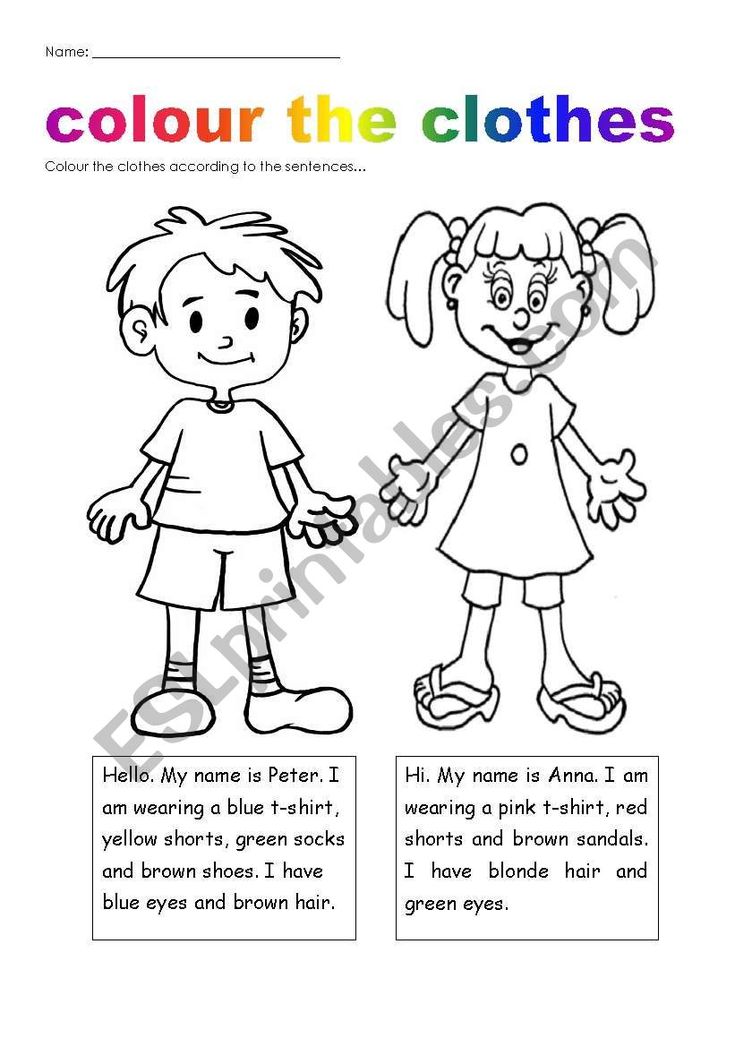
Even just saying the colors but having a little rhythm to it will help your child to remember the colors easier.
Related posts:
How to teach colours to toddlers and preschoolers
Colours may seem like an obvious part of our world, but that’s only because we’re used to them, as adults. For children, learning how to name and identify colours can be a bit of a challenge, as we’ll see below. The best time to teach colours is in early childhood. So, in this article, we’ll explain how to teach colours to toddlers and preschoolers.
Understand how a child’s mind works: colour doesn’t fit well with our natural way of thinking
Colour naming is largely based on culture and language – it is not a human ‘innate’ thing to identify shades of blue, and how they differ from green, for instance. Groups of people made that up, over time, because we like thinking in ‘categories’ – it’s easier to communicate and make sense of the world that way.
Groups of people made that up, over time, because we like thinking in ‘categories’ – it’s easier to communicate and make sense of the world that way.
So, colour can be based on context we already have in our minds – much like we saw with “the dress” phenomenon that took the Internet by storm a few years back.
You’ll notice that children who are learning colours for the first time will have a hard time understanding that pink and red are different, or that navy blue is not black. First, they have to figure out what on earth you’re talking about!
That is very logical. In fact, you’ll notice children are logical, literal thinkers, by nature. It’s why they sometimes write some letters backwards, because in theory, some of them are the same thing (like p, q, b and d). It’s also why they follow grammar patterns that might make sense to a new language speaker, but are considered ‘wrong’ by native language speakers. We think they’re talking ‘cute,’ but they’re just following logic.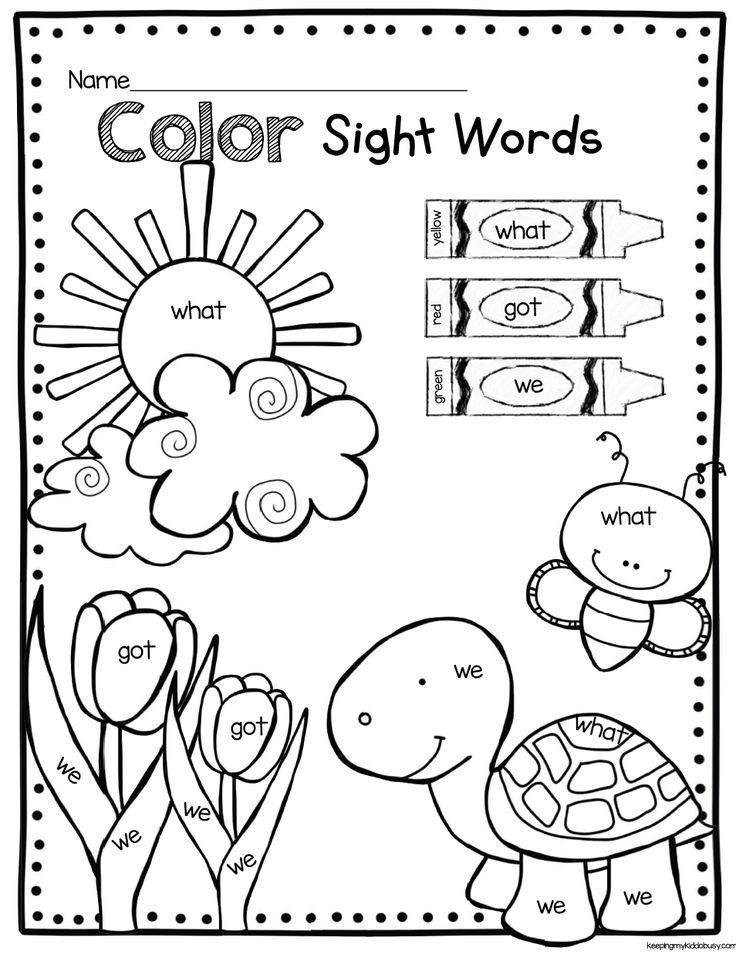
For example, if your child says something is “broked,” instead of “broken,” that would be logical. They’re trying to follow a grammar pattern. And English is not logical. If something can be “cracked” or “wrecked” why would it be “broken”?
When the whole world is brand new to a child, they will be absorbing things for the first time. It’s overwhelming, though very exciting – which is why the moon and the grass are so fascinating to them, as well as colours.
To learn our cultural language norms and ‘categorical’ thinking, they’ll have to do some ‘unlearning’ (as the article linked-to above explains). They’ll have to figure out that their parents and teachers – who they seek approval from – want them to call blue, blue and green, green. It takes a bit of practice.
So, don’t worry so much if your kid doesn’t get their colours right for a while. It can take until around age 3 to master the more distinct ones. And, it can be around age 5 when they learn different shades of colours, based on naming systems we assign to them in our language groups.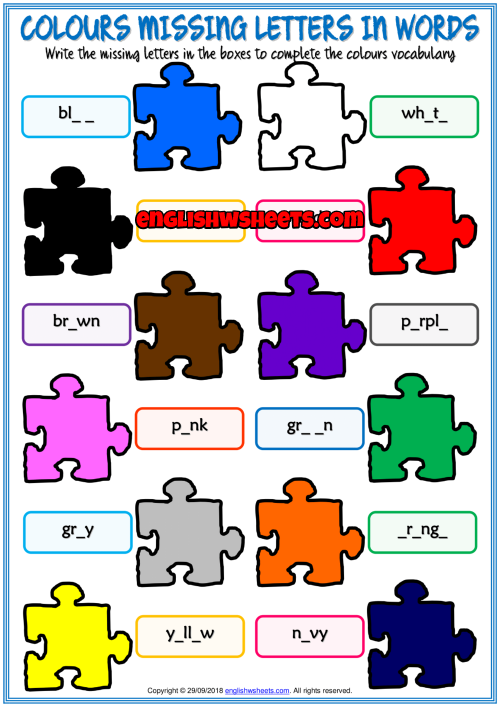
See more on our blog:
- How to be patient with toddlers and preschool-age children
- How to recognize early vision problems in toddlers and preschoolers
Keep it simple: start by teaching primary colours, and colours with more distinctions
Since we’ve established that colour variations can be subjectively-based, it goes without saying that when teaching toddlers and preschoolers about colours, you’ll want to start with just the basics. That is, teach primary colours to this age group first.
The primary colours are:
- Red
- Yellow
- Blue
Thereafter, include secondary colours, which are achieved when you mix the above colours (in painting, at least). They are:
- Orange
- Green
- Purple
Now, whether you start with secondary colours, or primary colours, it doesn’t matter much at this point. The idea is to teach a child how to identify the differences in ‘big’ categories of colour.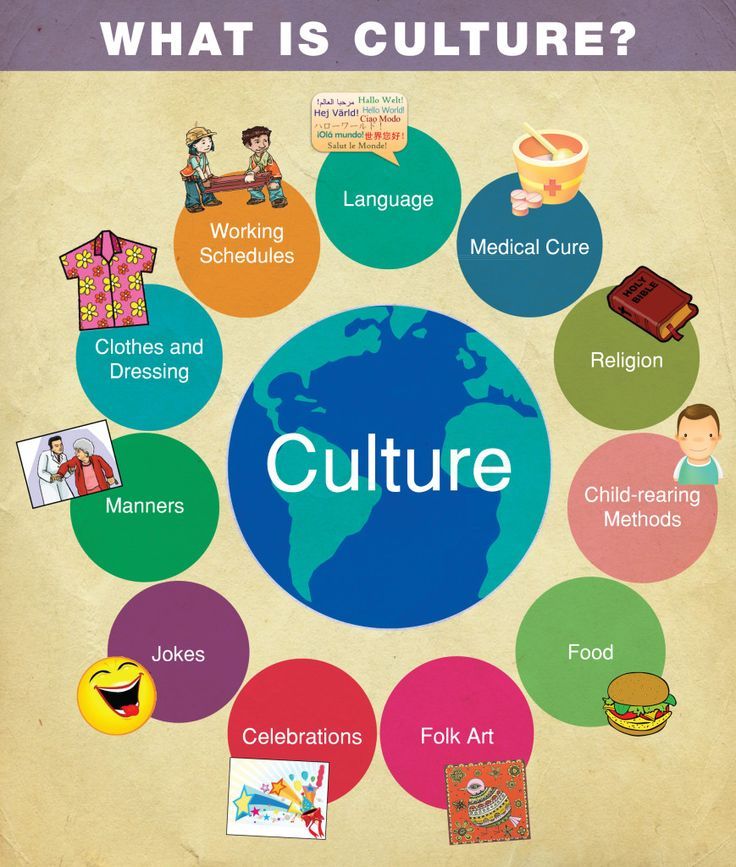
Thereafter, you can introduce pink, brown, black, grey, white and so on.
Focus on colour recognition, more than pronunciation, at first
Some young children will only be able to point to colours, and not say them. That is still excellent. It shows they can understand this abstract concept, and are learning to see colours in many contexts.
It should go without saying that some kids will mispronounce the name of colours. That is ok. At this point, for a young toddler, if you start over-emphasizing that, “bawn” is actually, “brown,” you may be bringing in confusion. They may not have the muscle practice to say things correctly at the moment, anyway. But they know what they mean.
It’s fine that you say these colours correctly (and you should). But if a one or two year old says “bawn” and is correctly identifying the colour brown, you can go ahead and give a congratulatory, “yes! That’s right! Good job!” Don’t say, “No, brooowwn,” and cause them to lose focus.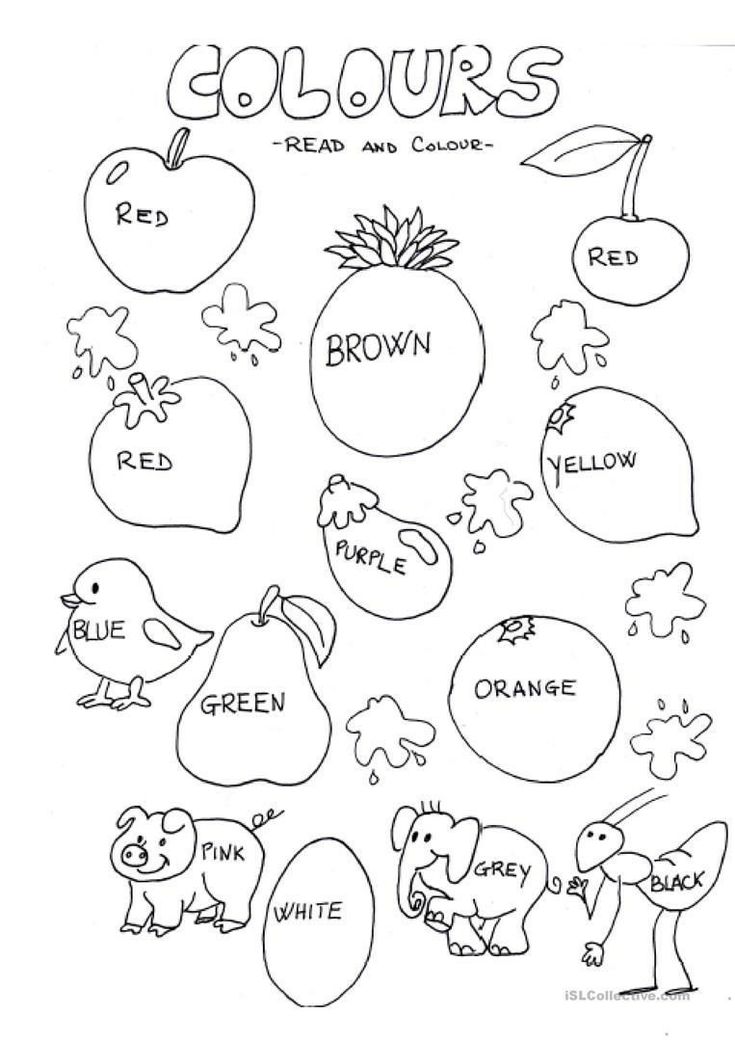
Pronunciation is not the lesson here. Colour recognition is. Once they can differentiate and label colours without thinking twice about it, you can correct their pronunciation, if necessary. But usually, kids will naturally pick up the right pronunciation of all words, in time.
Just enjoy those, “nanas” (bananas), “paasgettis” (spaghetti) and “naganets” (magnets) for now. “Bawn,” “boo” (blue), “pik” (pink), “lallow” (yellow), “wed” (red) and “oooen” (orange) are fine. They’re adorable!
See more on our blog:
- 5 Simple ways to teach preschoolers phonics basics
- 5 Easy ways to teach the alphabet to preschoolers
Use identical objects that come in different colours to teach colour differences
This works with balloons, flash cards, plastic cups, or anything you can find that is both easy and safe to hold for a child, and identical in form.
This helps a child notice the attribute that makes an object different. When you then emphasize over and over that ‘this cup is yellow,’ and ‘this cup is green,’ and so on, they’ll eventually pick up on those differences.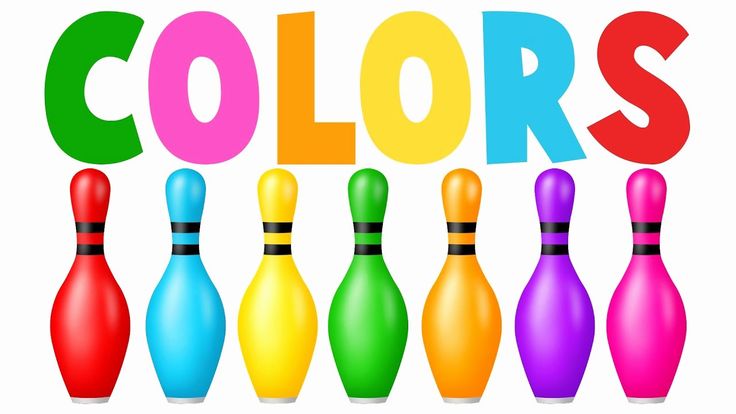 They’ll also recognize that they are an important part of communication.
They’ll also recognize that they are an important part of communication.
Later, as you go out of the house or daycare, you can point out ‘real life’ objects that are the same except for colour. For example: “I see a green car, can you see a red car?” or “look at the blue house, and the brown house.”
As the child learns to identify colour as an adjective, you can begin using it in language more. Start naming objects with this adjective, even if identical options are not present. For example, “I see an orange bucket and a yellow shovel! We can play in the grey sand and green grass.”
See more on our blog:
- 5 Fun, purpose-driven walks to go on with daycare kids or preschoolers
Play simple colour recognition games as a memorization challenge
Part of learning is making mistakes, and then trying again. Since knowing colours is basically memorization, games with tests can help. They make memorization fun by challenging oneself to get better and better.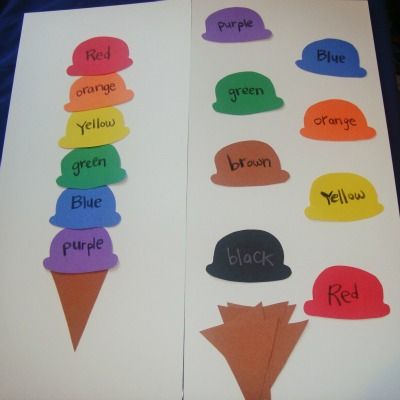
With little ones, of course, the challenge should be age-appropriate and simple. Don’t give them a stack of 20 crayons and ask them to name them all in one go. That’s too much.
Instead, start with just a few balloons, or balls or play cups. Ask them, “can you find the yellow one?” Or, “where is the red car?” And so on. When they get it right, they get a congratulations – a sign of approval from you, which acts as an emotional reward.
If they get it wrong, don’t show disappointment – it can be a downer on them. Just say, “oh, I think it’s actually, THIS one! This is red, is that what you meant?”
Play this type of game again and again. Use flashcards, books, or, as we mentioned above, play it when you’re out of the house in ‘real life,’ to identify the colours of objects.
You can also ask them what the colour of their food is, or ask them what colour their shirt is every day. Ask about colour all the time, so they know it matters.
A perfect game to spot colours, when they are old enough (around preschool age), is “I spy. ” Play, “I spy with my little eye, something that is… white!” The other person then has to look around at what you can both see, within the room’s vicinity, that is white. They keep guessing until they get it right. And then they ‘win.’ Next, it’s their turn to spy!
” Play, “I spy with my little eye, something that is… white!” The other person then has to look around at what you can both see, within the room’s vicinity, that is white. They keep guessing until they get it right. And then they ‘win.’ Next, it’s their turn to spy!
See more on our blog:
- 5 Imagination games to play with toddlers and young kids
Let children play and construct with colours, to learn colour applications and colour theory too
Children (and all humans), learn best when they are using knowledge, practically. That is, through manipulation of objects, and by integrating activities, speech and other acts around that learning experience. This engages the brain more. It also helps to form memories by association.
In short: this means participating in activities to purposely emphasize colours is an important part of teaching colours to preschoolers and toddlers. Use craft paper, crayons, paint mixing, and so on to do this.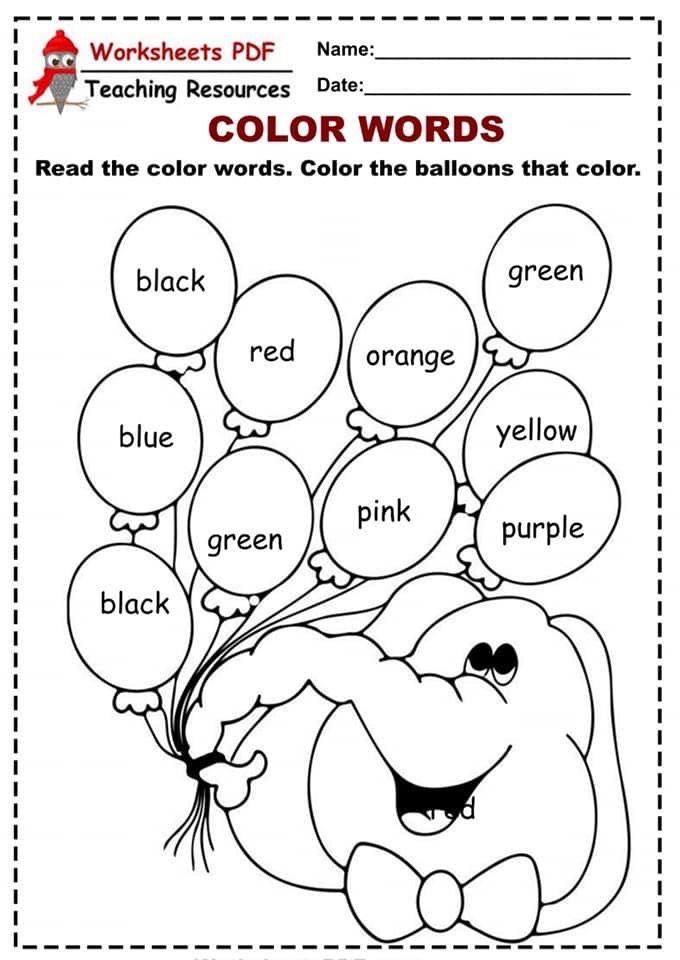
For tactile colour learning, use coloured sand or rice. Let them feel fabrics in different colours. Do face painting or hand-prints in colours. Stamp fun shapes with different coloured ink pads. Make glitter slime and play dough in their favourite colour. Bake a ‘rainbow cake’ or decorate cookies with coloured icing.
Now, through all of this, remind them of the colours they are using by naming them verbally, and asking them to do the same, as they are performing these activities.
To conclude: teaching colours to toddlers and preschoolers involves gradual learning
As we’ve noted above, getting toddlers and preschoolers to learn about colours is not an ‘automatic’ thing that they’ll pick up. It’s something that has to be taught, and re-emphasized, mainly because colour divisions are based on language and cultures, rather than a ‘clear cut’ science.
So, give kids a bit of patience with colour understanding and recognition. And, leave it to you to be the person responsible for repeating the names of colours, and noticing the opportunities to bring them up in conversation.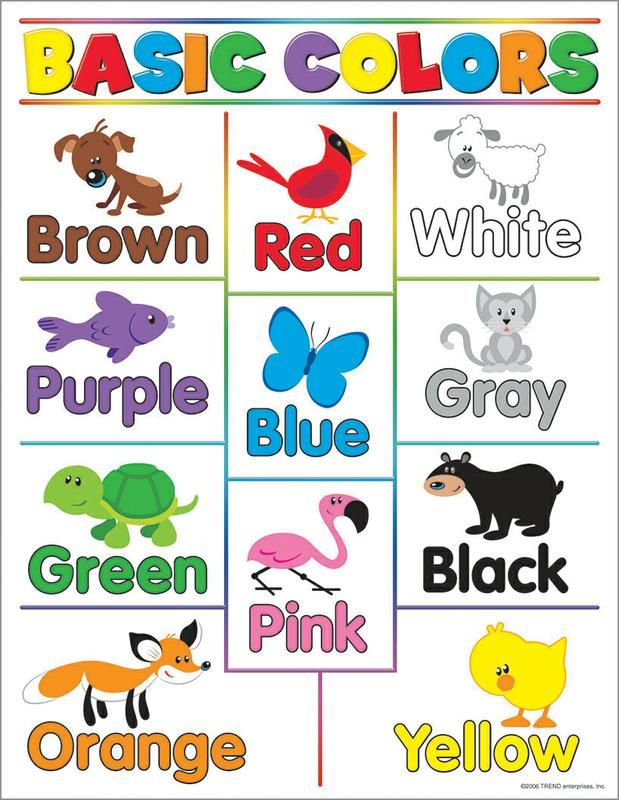 The more these words and labels are reinforced, the more a child will learn that colour differentiations are important.
The more these words and labels are reinforced, the more a child will learn that colour differentiations are important.
Of course, eventually, most kids ‘get it,’ even if it comes naturally. It’s not like we’re all colour blind unless we’re taught colours. It’s more that our categorizations of colour need to be ‘agreed upon,’ collectively and socially. Otherwise, the point at which orange, red and pink start and end can be hazy. So, for children, this is part of language learning – it is part of being able to call something what we all understand it to be.
Playing games makes colour learning fun, and applicable. It helps the brain retain this information. Not to mention, it gives you opportunities to spend time with your kids productively.
See related on our blog:
- 5 key elements of the Reggio Emilia approach to early childhood education
- How music affects young children and their learning
- How to identify and encourage multiple intelligences in early childhood
Learning colors: how to teach a child to distinguish colors and shades
It is generally accepted that by the age of three a child should learn to distinguish between primary colors.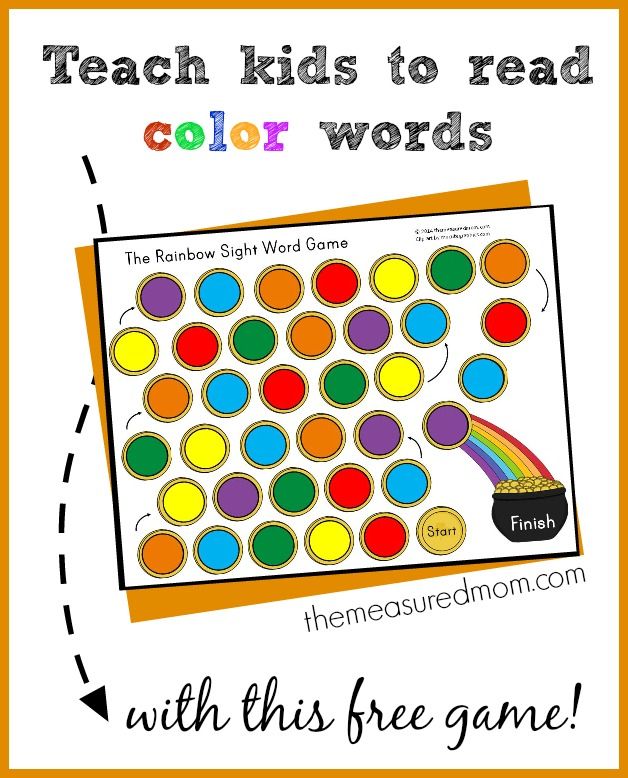 This skill is an important part of sensory development, it gives the child the opportunity to see the world in a new way. Often, if the baby does not know or confuse colors, parents have concerns about the pace of development of the child. Do I need to worry if the study of colors is not easy for a child? How to teach a child to distinguish colors? You will find answers to these questions in our article. nine0003
This skill is an important part of sensory development, it gives the child the opportunity to see the world in a new way. Often, if the baby does not know or confuse colors, parents have concerns about the pace of development of the child. Do I need to worry if the study of colors is not easy for a child? How to teach a child to distinguish colors? You will find answers to these questions in our article. nine0003
At what age does a child begin to see colors?
Studies have shown that children begin to perceive colors by 2-3 months. The first colors a child sees are yellow, orange, red, green. At this age, babies can already react differently to their toys of different colors (for example, a red rattle can please a child more than a blue one), look at bright pictures with enthusiasm. The baby's world quickly acquires colors, but if we talk about the ability to consciously find an object of the right color, then usually it appears in children at the age of one and a half. It is at this age that it is optimal to start learning colors in a playful way.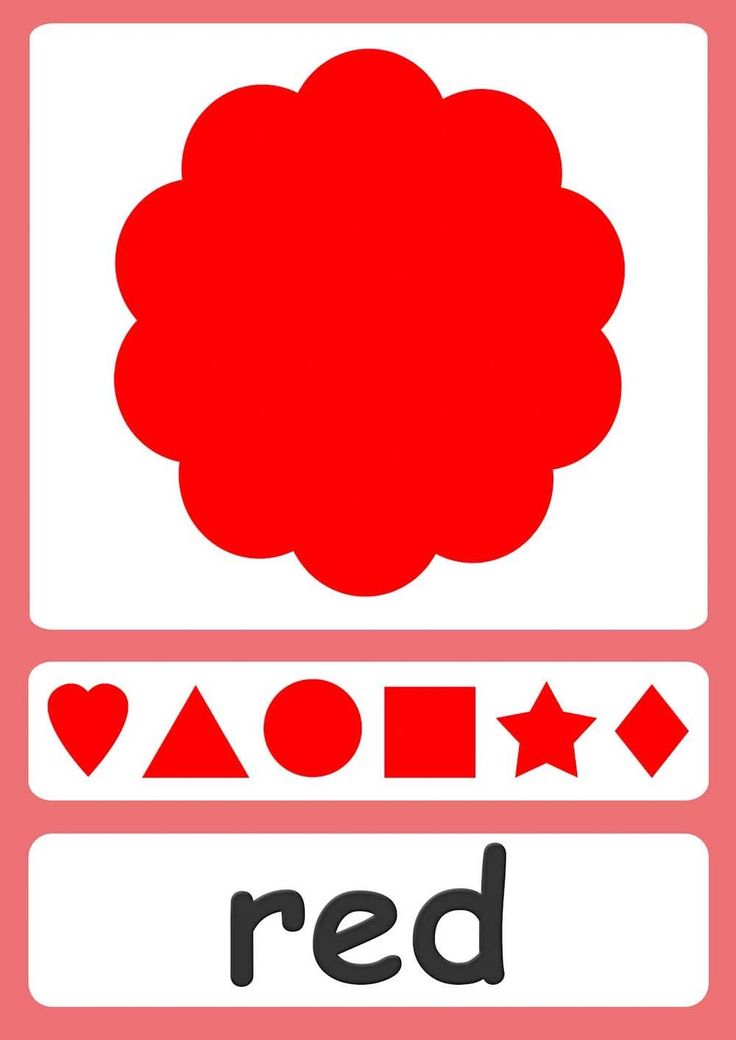 You can voice the names of flowers to a child for up to a year, this will only benefit him. But do not demand too much from the baby, remember that his brain is actively developing, and as soon as the time comes, you will certainly see the results. nine0003
You can voice the names of flowers to a child for up to a year, this will only benefit him. But do not demand too much from the baby, remember that his brain is actively developing, and as soon as the time comes, you will certainly see the results. nine0003
To see if your child is ready to learn colors by playing with building blocks, ask your child to point to a part that is the same color as yours. If the baby can find objects of the same color, then he is quite ready to memorize the names of colors.
Learning colors in everyday life
Children get most of their knowledge about the world in everyday life: communicating with adults and peers, observing nature, playing. The study of flowers is no exception. Sometimes a child does not need to do special exercises to learn to recognize colors. For this, it is enough that he hears the name of the color and associates it with a specific thing. During daily activities, voice for the child what color the objects are around. Whether you are drawing, playing with blocks, looking at cars in the yard, reading, swimming, eating, dressing - in each of these situations, you can gently teach your child to distinguish colors. nine0003
Whether you are drawing, playing with blocks, looking at cars in the yard, reading, swimming, eating, dressing - in each of these situations, you can gently teach your child to distinguish colors. nine0003
It is important that the study of colors does not turn into torture. You should not constantly test the child's knowledge by asking him which color is which. Soon the baby may just start to ignore you. “Let's paint the sun yellow!”, “What a delicious green cucumber!”, “Oh, where did the blue cube go? Here it is!" are examples of how you can gently help your child remember colors.
Games for learning colors and their shades
In order to get your baby interested in learning colors or to reinforce the knowledge they already have, you can offer your child to play special “color” games. nine0003
Color Sorting
Sorting games are designed to help children learn to group objects by color.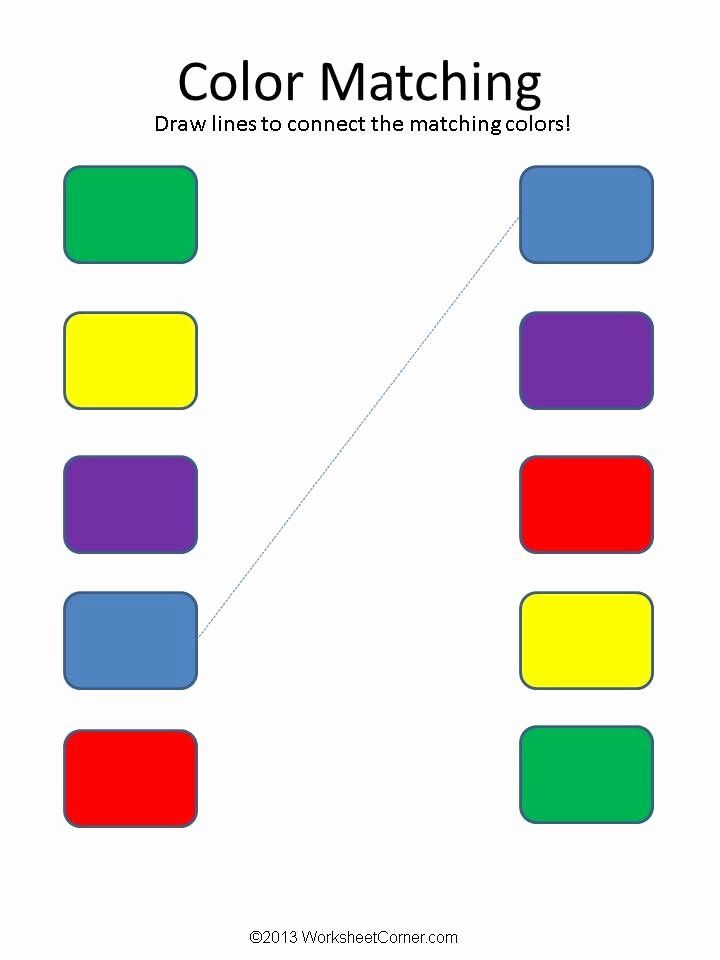 Any materials at hand can be items for sorting: toys, covers, designer parts, cubes, buttons, cereals, pencils, etc. You can organize the game in various ways:
Any materials at hand can be items for sorting: toys, covers, designer parts, cubes, buttons, cereals, pencils, etc. You can organize the game in various ways:
You can come up with as many options for sorting by color, it all depends on your imagination. So that the child does not lose interest in the task, connect the plot of the game with his favorite characters, toys (for example, a cat will eat from a yellow bowl, and a baby elephant from a red one, etc.). nine0003
Match a Pair
Help your child learn colors with the Match a Pair series. Ask your child to find a petal for a bug, a pot for a flower, a roof for a house, etc. You can present the baby with a deliberately wrong option and ask to correct the mistakes.
Pick up a patch
Show the child the picture with the missing details. Ask him to fill in the gaps (this can be done with plasticine, pom-poms, caps, cards, etc.). nine0003
Color Lotto
At the age of about one year, children begin to be interested in various lottos.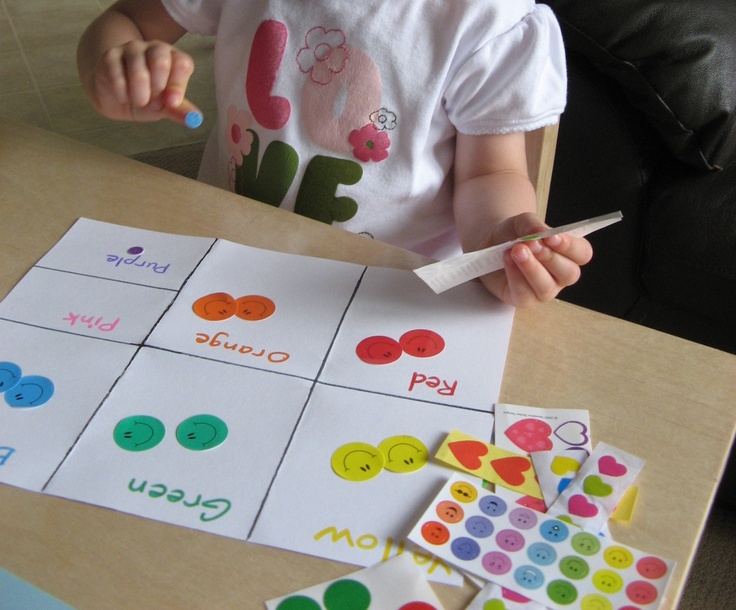 In the color lotto, the task is to collect pictures of the same color on the card.
In the color lotto, the task is to collect pictures of the same color on the card.
Colored Sensory Boxes
Create a sensory box for your baby where everything is the same color. During the game, the child will be able not only to remember the color that he sees, but also to develop fine motor skills, tactile sensitivity, thinking, and imagination. nine0003
Color days
This is one of the most interesting and popular ways to teach your child to distinguish colors. Its essence is that during the day (or several days) you draw the child's attention to objects of a certain color. For example, on a yellow day, you can dress in yellow clothes, play with yellow toys, draw a yellow chicken. Surrounded by one color, the baby will easily remember it.
Cards for learning colors
You can learn colors with your child using cards. With the help of Doman's "Colors" cards, you can introduce your baby not only to the main colors, but also to different shades.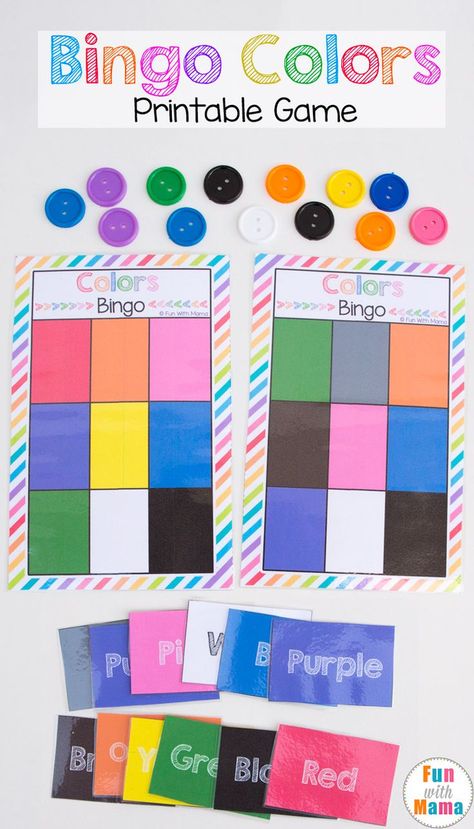 It is important not to overload the child with unnecessary information about the names of 10 shades of green or red. Learn only those shades whose names you can use in the game and life. nine0003
It is important not to overload the child with unnecessary information about the names of 10 shades of green or red. Learn only those shades whose names you can use in the game and life. nine0003
Board games for learning colors
Board games are a great way to learn about colors and consolidate knowledge about them. Currently, the stores offer a wide range of similar games for every taste and budget. Choose a game that suits your child.
Educational cartoons
There are many educational cartoons on the Internet that will help your child memorize colors quickly. Here is one of them:
Educational books
If your little one loves to listen to stories and look at pictures, this is the way for you. We all remember the wonderful story of V.G. Suteev "Rooster and paints", by S.Ya. Marshak has a whole “Colorful book”. You can also find many educational books that will become your faithful assistants.
Conclusions
We have listed for you different color learning games. In order for a child to master the concept of color well, it is worth adhering to a number of principles: do not rush the baby, provide a variety of material for games, discuss what you see. nine0003
Conclusion
You can start studying colors from an early age, the main thing is that it is interesting for the child. It is impossible to specify clear age limits when a child should learn primary colors. This process, like all development, is individual for each baby. The Sozvezdie Development Center has created a Montessori environment for kids, aimed at the comprehensive development of the child. In the classes "Together with Mom" children in a playful way get acquainted with the concepts of color, shape and size, do thematic creative work. You can learn from our teachers how to interest a child in an activity and how to properly present him with cognitive information. Develop with us! nine0003
Prepared by a Montessori teacher
Sokolova Oksana
Teaching children colors
As the baby grows, he distinguishes more and more colors, his color perception develops and improves.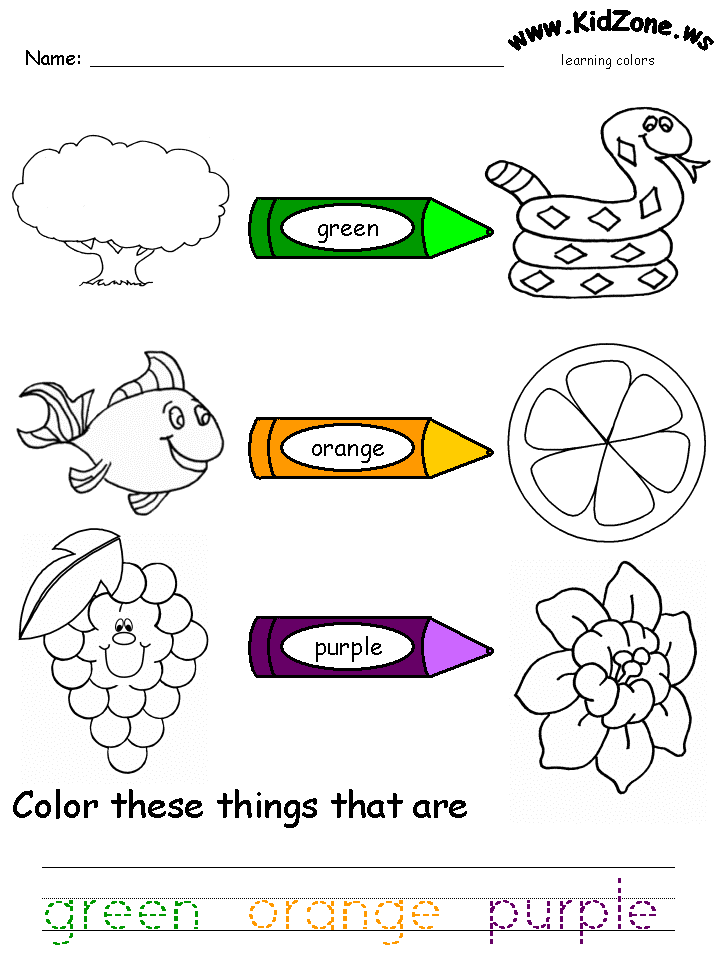 Starting from the age of 2, you can conduct classes aimed at learning colors with a child.
Starting from the age of 2, you can conduct classes aimed at learning colors with a child.
Sorting and matching by color
First, the child needs to be explained what color is and to learn to distinguish objects of different colors. Start with exercises with a small number of colors. At first, yellow, red, blue and green are enough. Color can only be seen, so by applying objects to each other, explain to the child how they are similar or different. Thus, without knowing the names of colors, the child learns to group objects by color. Play with your baby in simple games aimed at grouping objects by color and matching the right color. nine0003
"Item sorting". Invite the child to put in separate boxes all yellow, blue, green, red items. First, let them be homogeneous (cubes or designer parts, colored candies), then heterogeneous. In the latter case, toys, items will differ slightly in color within the same color range, and sorting will be more difficult for the child.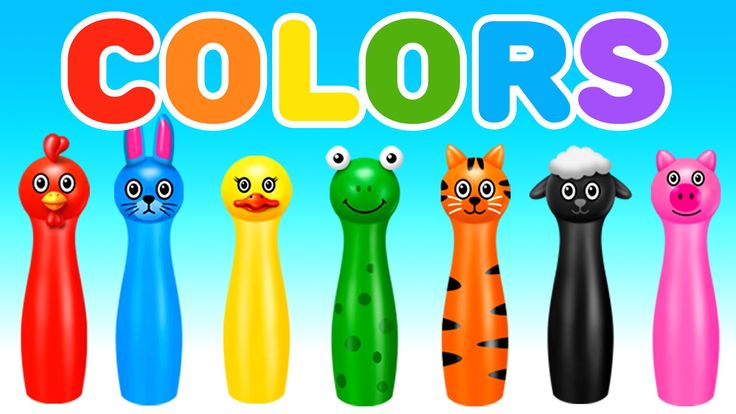
“Pick up a couple”. Such games are aimed at selecting an item that is identical in color. You can remove the caps from the felt-tip pens and invite the child to choose the right cap. Or cut out cards from colored cardboard, on which you need to attach clothespins of the corresponding color. You can make an educational board game. To do this, glue a cube out of paper, the sides of which, using felt-tip pens or colored paper, make different colors. Roll the cube alternately. The player needs to find the item of the dropped color. In the case of a repeated roll on a die of the same color, the player finds another item. nine0003
Memorizing colors
In the process of learning the names of colors, start with a few basic colors, gradually expanding the spectrum. Preschool children tend to remember colors by associating them with an object: red like an apple, green like grass. Therefore, summer with its bright colors is the best assistant in this matter! While walking, unobtrusively name the color of the object.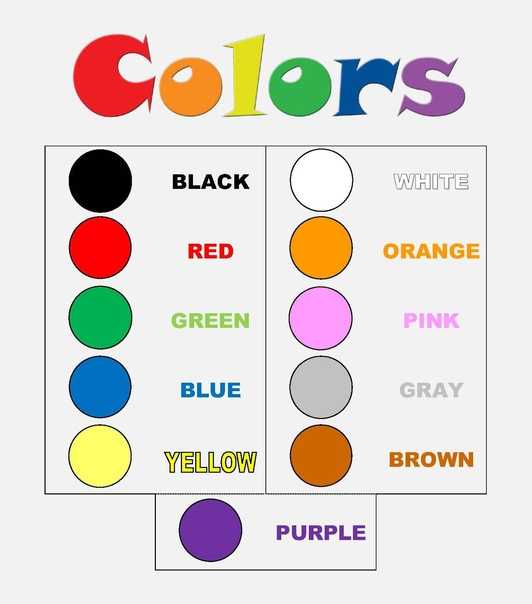 If your child likes cars, practice on them. At home, when playing with a pyramid, cubes, pay attention to color. To memorize colors, the child needs repeated repetition. Drawing, modeling, appliqué also contribute to the improvement of children's color perception. You can make a collage - take sheets of white paper, unnecessary magazines and let the child, with your help, cut out all the red pictures and stick them on one sheet, green on the second, etc. After the child has memorized 3-4 primary colors, introduce him to the colors of the rainbow and the sequence of their arrangement. nine0003
If your child likes cars, practice on them. At home, when playing with a pyramid, cubes, pay attention to color. To memorize colors, the child needs repeated repetition. Drawing, modeling, appliqué also contribute to the improvement of children's color perception. You can make a collage - take sheets of white paper, unnecessary magazines and let the child, with your help, cut out all the red pictures and stick them on one sheet, green on the second, etc. After the child has memorized 3-4 primary colors, introduce him to the colors of the rainbow and the sequence of their arrangement. nine0003
Memorizing colors
Children progress in learning colors in different ways. Five-year-old children are not only able to distinguish colors, but also a variety of shades. However, if some preschoolers continue to use the usual generalized names of colors, calling blue, turquoise and cyan blue, then the latter are keenly interested in shades, trying to figure out how, for example, to draw a blue whale in a blue sea.